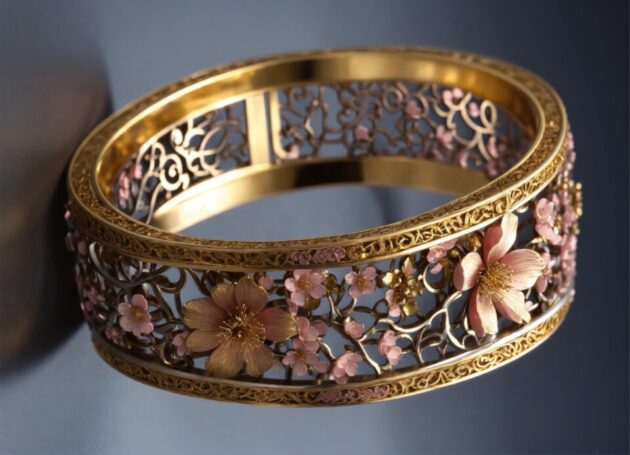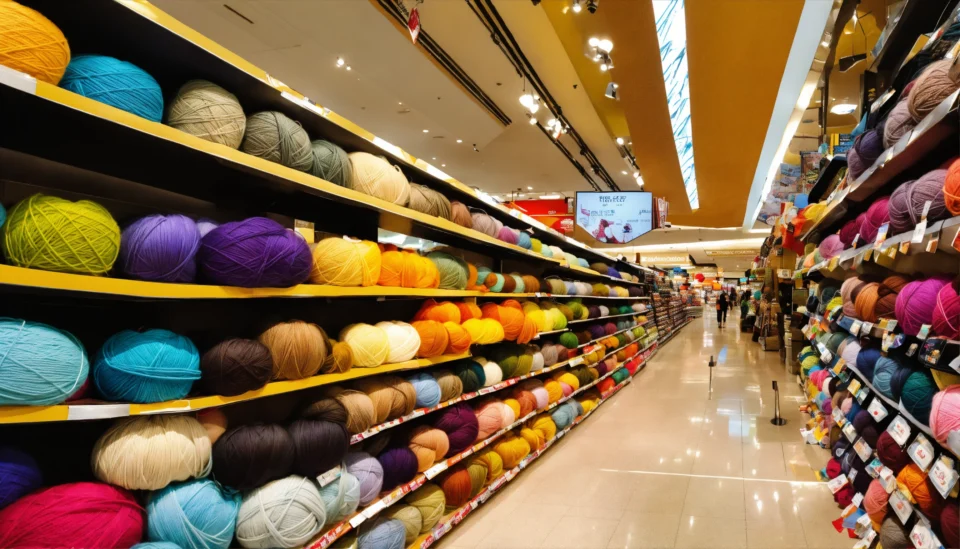Polyester yarn is a synthetic yarn made from polyester fibers, known for its strength, durability, and cost-effectiveness. Whether you’re making garments, home furnishings, or industrial textiles, poly yarn offers unmatched reliability and versatility. The use of polyester yarn in various sectors has significantly grown due to its resistance to shrinking, stretching, and wrinkling.
In recent years, sewing threads made from poly yarn have become a top choice for designers and manufacturers worldwide. But what exactly makes polyester yarn so popular? Let’s explore the benefits, types, and applications in detail.
Table of Contents
How Is Polyester Yarn Manufactured?
Polyester yarn is created through a process called polymerization, where purified terephthalic acid (PTA) and monoethylene glycol (MEG) are melted and combined. This forms long chains of polyester polymer, which are then extruded through spinnerets to form fibers. These fibers are:
- Cooled and solidified
- Drawn to align molecules for added strength
- Texturized or spun into different yarn types
This manufacturing method ensures that poly yarn remains consistent in texture and performance, making it ideal for producing high-quality sewing threads.
What Are the Key Advantages of Using Polyester Yarn?
Poly yarn comes with several remarkable benefits that make it suitable for diverse applications:
- High tensile strength: Ensures durability and long-lasting performance
- Low shrinkage: Maintains shape and size even after multiple washes
- Colorfastness: Retains color vibrancy under sunlight and washing
- Moisture resistance: Repels water, making it suitable for outdoor use
- Cost-effective: Affordable yet high-performing compared to natural fibers
These properties make polyester yarn ideal for everything from fashion garments to automobile upholstery.
What Are the Different Types of Polyester Yarn?
1. Filament Polyester Yarn
Made from long continuous fibers, this type of poly yarn has a smooth and shiny finish. It’s commonly used in garments that require a polished appearance.
2. Spun Polyester Yarn
Created by spinning cut polyester fibers together, spun polyester yarn resembles cotton in texture and is frequently used in general-purpose sewing threads.
3. Textured Polyester Yarn
This type undergoes a crimping process to increase bulk and elasticity, making it suitable for knitwear and sportswear.
4. Recycled Polyester Yarn
Made from PET bottles or post-consumer waste, it offers an eco-friendly alternative without compromising on quality.
Each type of poly yarn is suited to specific applications and contributes to the growing demand for polyester-based sewing threads.
How Are Sewing Threads Made from Poly Yarn?
Sewing threads crafted from polyester yarn go through a meticulous process:
- Selection of poly yarn type: Filament or spun, depending on the application
- Twisting: Fibers are twisted to enhance strength
- Finishing: Threads are treated with lubricants or coatings for smoother stitching
- Winding: Threads are wound onto spools or cones for distribution
This process ensures that sewing threads made from poly yarn can withstand high-speed stitching and heavy-duty usage.
Why Is Poly Yarn the Preferred Choice for Sewing Threads?
When it comes to sewing threads, polyester yarn provides multiple advantages:
- Durability: Withstands tension and friction from sewing machines
- Versatility: Suitable for both home sewing and industrial use
- Elasticity: Allows flexibility without compromising stitch integrity
- Chemical resistance: Stands up to bleaching and other treatments
Because of these benefits, sewing threads made from poly yarn are ideal for apparel, upholstery, automotive textiles, and more.
What Are the Applications of Polyester Yarn in Sewing Threads?
Poly yarn is incredibly versatile. Here are some popular applications:
- Garments: T-shirts, dresses, uniforms, sportswear
- Home textiles: Curtains, bed linens, cushion covers
- Industrial textiles: Belts, ropes, geotextiles
- Automotive: Seat covers, airbags, interior trims
In all these uses, sewing threads made from polyester yarn provide long-lasting and aesthetically pleasing results.
Is Recycled Polyester Yarn Used in Sewing Threads?
Yes, many manufacturers are now turning to recycled polyester yarn to reduce environmental impact. These eco-conscious sewing threads retain the same durability and performance as virgin poly yarn, while contributing to sustainability goals.
By choosing sewing threads made from recycled polyester yarn, businesses can reduce their carbon footprint and appeal to eco-conscious consumers.
How to Choose the Right Polyester Yarn for Sewing Threads?
When selecting poly yarn for sewing threads, consider the following:
- Thread count: Choose based on the fabric thickness
- Twist level: Higher twists offer better strength
- Finish: Waxed or lubricated threads reduce friction
- Color matching: Ensure colorfastness and consistency
By understanding these factors, you can make informed decisions that enhance the quality and longevity of your sewing projects.
Also Read: What Are Micro Yarns?
What Is the Future of Polyester Yarn and Sewing Threads?
The future looks bright for polyester yarn and its use in sewing threads. With advancements in recycling technologies, smart textiles, and sustainable dyeing methods, poly yarn continues to evolve.
From high-tech wearables to eco-friendly fashion lines, sewing threads made from poly yarn will remain a staple in both traditional and modern textile applications.
Final Thoughts: Why Should You Choose Polyester Yarn for Sewing Threads?
In conclusion, polyester yarn is a reliable, cost-effective, and high-performance material ideal for manufacturing sewing threads. Whether you’re a textile manufacturer, a fashion brand, or a DIY enthusiast, using poly yarn ensures quality, strength, and value in every stitch.
By opting for sewing threads made from polyester yarn, you’re not just choosing better performance — you’re embracing the future of textiles.





